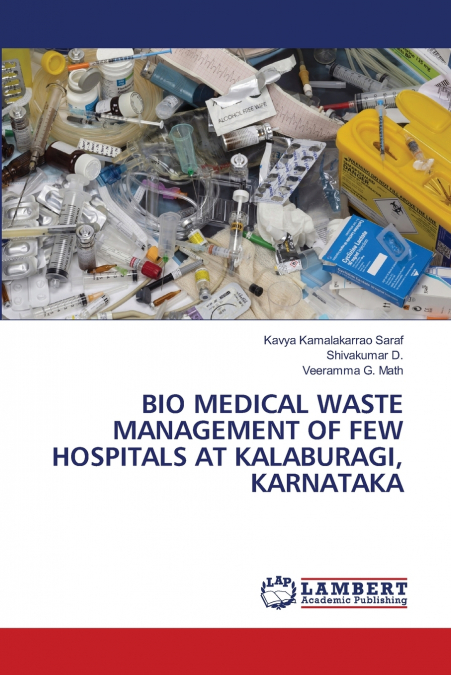
Kavya Kamalakarrao Saraf / Shivakumar D. / Veeramma G. Math
According to Biomedical waste (Management and Handling) Rules, 1998 of India 'Any waste which is generated during the diagnosis, treatment or immunization of human beings or animals or in research activities pertaining therefore or in the production or testing of biological'. The Government of India (notification, 1998) specifies that Hospital Waste Management is a part of hospital hygiene and maintenance activities. This involves management of range of activities, which are mainly engineering functions, such as collection, transportation, operation or treatment of processing systems and disposal of wastes. World Health Organization states that 85% of the hospital wastes are actually non-hazardous, whereas 10% are infectious and 5% are non-infectious but they are include in hazardous wastes. About 15% to 35% of Hospitals waste is regulated as infectious waste. This range is dependent on the total amount of waste generated.